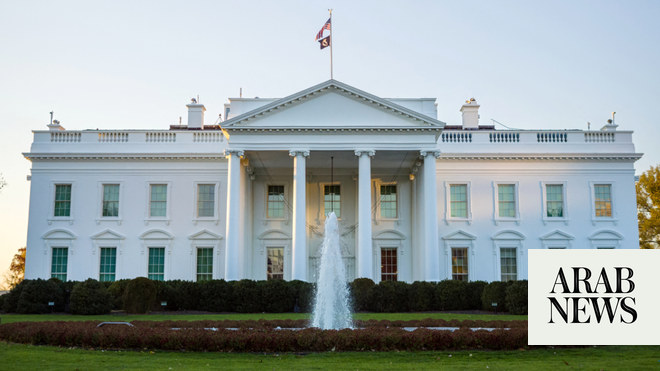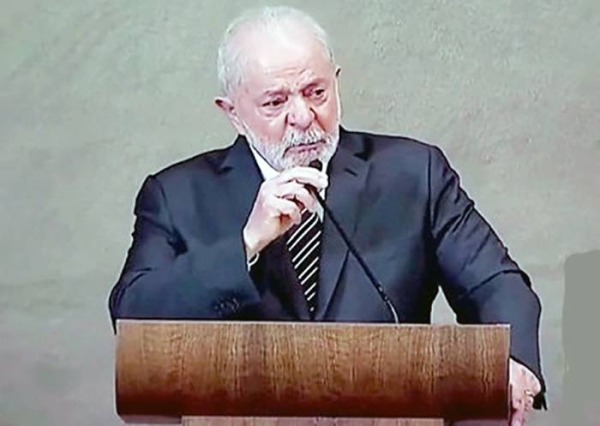
As Israel braces for what appears to be a likely Iranian retaliation, it is almost certain western and regional powers will be drawn in. Overnight, Yoav Gallant, Israel’s defence minister, briefed his US counterpart, Lloyd Austin, discussing according to Israel’s readout “a series of scenarios” and corresponding “defensive and offensive capabilities” should Tehran attack.
Gallant held a similar discussion with the UK defence secretary, John Healey, on Friday, giving the new Labour minister “an operational situation assessment”, Israel said. A day later Britain indicated it was moving military assets into Cyprus to prepare for a possible evacuation of UK nationals from Lebanon. The need for heightened readiness in the Middle East will not be lost on the RAF and its Typhoon pilots stationed at the Akrotiri airbase, either.
Iran appears set on responding swiftly to the assassination of Ismail Haniyeh, the Hamas political leader killed in Tehran, whose killing Iran blames on Israel. It issued a warning notice to aviation on Monday of danger from the centre, west and north-west of the country, where its missile launch sites are based.
The expectation is that Iran’s response will be more extensive than its response to Israel’s airstrike on the Iranian embassy in Damascus in April, when a combination of 300 missiles and drones were fired at Israel – and the fear is that Tehran’s proxy ally Hezbollah could be drawn in, using its own stock of between 120,000 and 200,000 unguided missiles and drones to strike with more intensity than before. The goal is to overwhelm Israel’s air defences, and so inflict serious damage on industrial sites and population centres.
In April, the complex attack from Iran was essentially prevented from causing any meaningful damage by Israel’s anti-missile Arrow 2 and 3 air defence, while fighter jets from the US, UK and Jordan knocked out slower-moving drones. It is expected that a US-led coalition is on standby again, despite reports of tensions during a phone call last Thursday between the US president, Joe Biden, and Israel’s prime minister, Benjamin Netanyahu.
Though the US president reportedly told Netanyahu not to take him for granted, as the Israeli thinktank INSS observes, realpolitik forces Biden into helping out. Without the assistance of the US in the skies – and of its allies, including a UK prime minister who would be authorising military action for the first time – Israel faces the risk of sustaining a level of loss that would “compel it” to retaliate further and risk a wider conflict in the Middle East.
Eldad Shavit and Chuck Freilich, authors of the INSS analysis, argue that a fresh US military deployment of warships and a squadron of fighter jets, announced on Friday, is “intended to minimise as much as possible” the risk of Iran “landing a blow that would force Israel to respond harshly and put the United States in a dilemma of how to act”. The argument has a clear logic, although Iran, too, has a better idea of the likely defence plan.
It is often observed that in a diplomatic and military crisis the biggest risk is of miscalculation – a violent move that leads to an outbreak of escalating tit-for-tat. The brazen killing of Haniyeh has already angered Tehran to a degree not seen since the current crisis started on 7 October; now it appears the critical point is how far Israel’s air defences hold, with the help of allies, whose support Netanyahu has nevertheless strained repeatedly for months.












